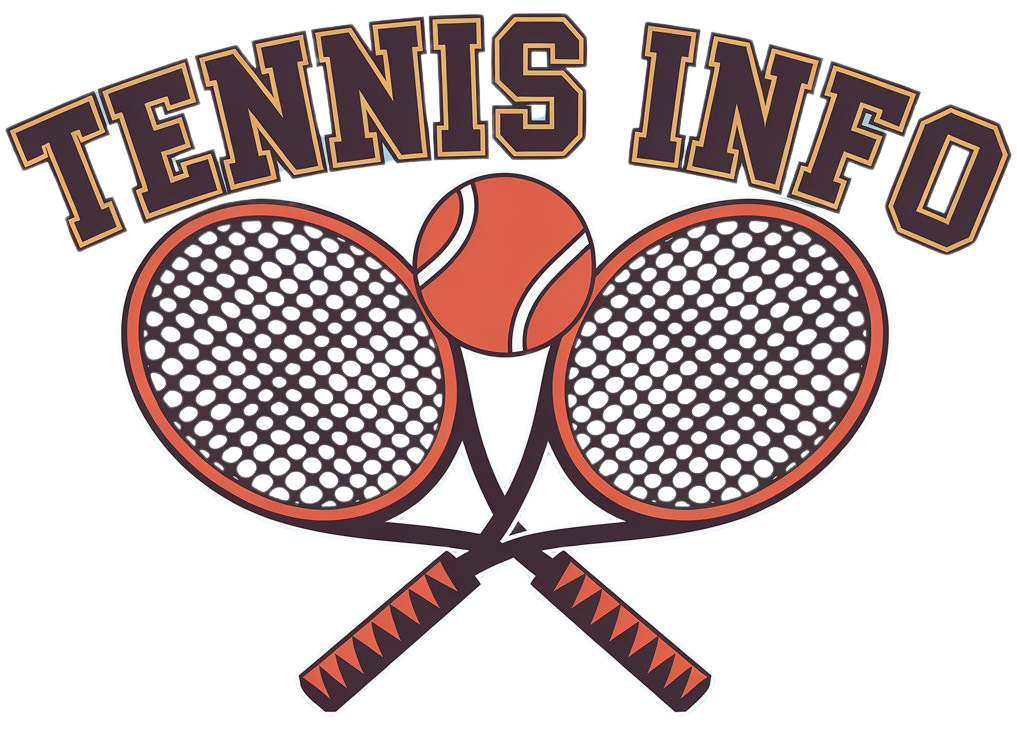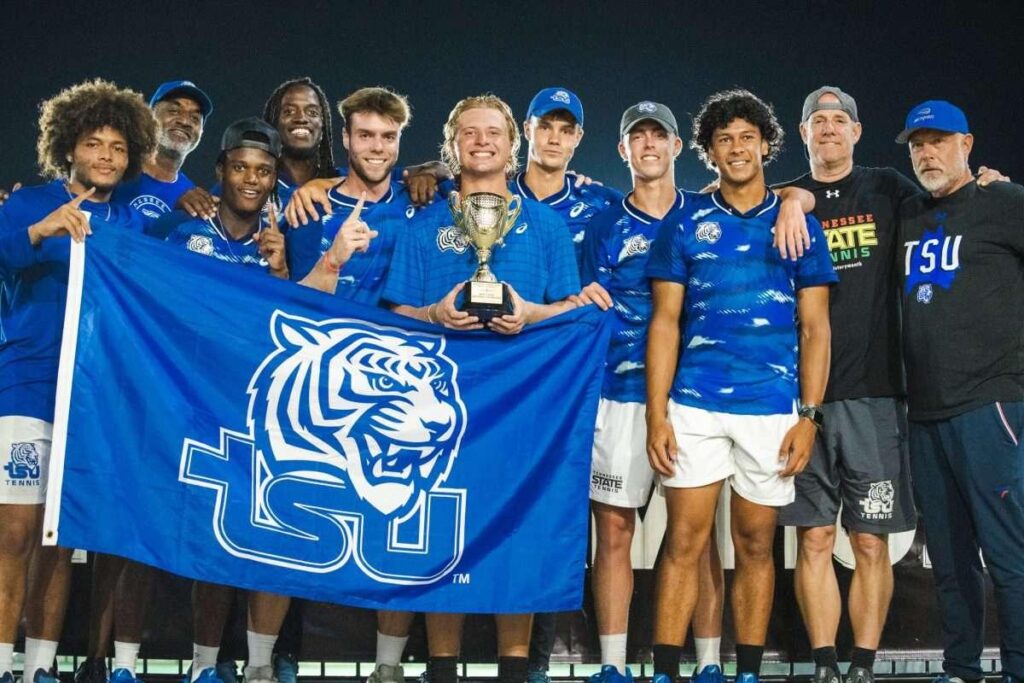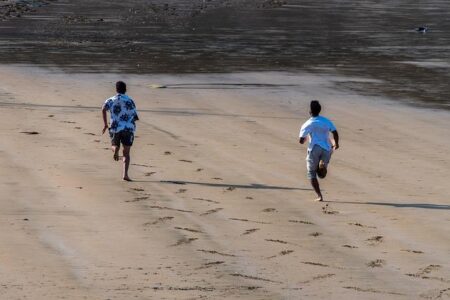End of an Era: The Closure of ŌĆŗPrairie View A&M’s Tennis Program
InŌüż a meaningful progress for collegeŌüŻ sports, Prairie View A&M University has made the challenging decisionŌüó to discontinue its long-standing tennis program. This marks a poignantŌüŻ moment for one ofŌüó the ŌĆŗfirst HBCUŌĆī tennis teams in the United States. Founded in Texas, this program not onlyŌüż excelled athletically ŌĆŗbut also provided educational opportunities ŌĆŹto numerous student-athletes throughout its history. This declaration comes at a time when discussions about funding and resources for historically Black colleges and universities (HBCUs) are becoming increasingly ŌĆīurgent,raising critical ŌüżconcernsŌĆŹ about the futureŌĆŗ of athletics atŌüż these institutions.ŌĆŹ As reactions pour in from alumni and ŌĆŗmembers of the tennis community, it isŌüŻ clear that this change will have far-reaching effects on recruitment ŌĆīefforts, diversity within collegiate sports,ŌüŻ and the overall legacy ofŌüŻ HBCUŌüó athletic programs ŌĆīacross the nation.
Effects of ŌĆŹPrairie View A&M’s ŌüóTennis ŌĆŹProgram Discontinuation on HBCU Sports
The discontinuation of ŌüóPrairie View A&MŌĆÖs ŌĆŹtennis program signifies aŌĆŹ crucial turning Ōüżpoint Ōüóin HBCU athletics that impacts not just this university but also other historically Black colleges andŌüó universities as well. This decision Ōüżhighlights ongoing budgetary challenges faced by manyŌüó HBCUs wich oftenŌĆī leadŌĆŗ to difficultŌĆŹ decisions regarding Ōüówhich athletic programs can be sustained. ŌüóAs one pioneering institution to establish a tennis team among HBCUs, Prairie View A&M has played an essential role in promoting participation among Black athletes; thus its closure raises alarms about minority representation withinŌĆŗ NCAA tennis.
The absence of ŌĆīthis program may limit opportunities for current student-athletes wishing to pursue their passion for tennis at the collegiate levelŌĆöpotentially deterring future recruits from considering similar paths. Furthermore, Ōüóthis closure could have broader ramifications within the ecosystem surrounding ŌüóHBCU athletics where many programs dependŌĆŹ on ŌüŻshared resources and collaborativeŌüż efforts with local schools and community organizations. The loss of such a historic team might diminish ŌĆīpartnerships withŌüŻ nearby high schools or clubs dedicated to fostering young talent in tennisŌĆöa trend that could ultimately reduce participationŌüŻ rates Ōüóamong aspiring young Black athletes.
| Impact Areas | Description |
|---|---|
| Recruitment Challenges | A decrease ŌĆīin appeal for prospective tennis players considering enrollment at HBCUs. |
| Community ŌĆīInvolvement | A ŌĆŗdecline in partnershipsŌüż with local ŌüósportingŌüŻ organizations focused on Ōüótennis. |
| Diversity Concerns | A ŌĆīpotential reduction in representation among Black athletes competing at collegiate levels. |
Safeguarding Legacy: Future ProspectsŌĆī for Tennis at Historically BlackŌüó Colleges and Universities (HBCUs)
The Ōüżrecent termination of Prairie View A&M University’s esteemed tennis program prompts vital discussions regarding what lies ahead for similar ŌĆŗinitiatives across Historically Black Colleges and Universities (HBCUs). As one amongst ŌĆīfew programs ŌüŻcommitted to Ōüónurturing talent among Black athletes within this sportŌĆī arena, its ŌĆŹdissolution signalsŌüó possible setbacksŌĆŗ concerning representation levels moving forward. It Ōüżunderscores broader financialŌĆŹ sustainability issues confronting many institutions while emphasizing an urgent ŌĆŗneed for advocacy aimed ŌĆītoward preserving athletic initiatives that have historically paved pathways toward success for ŌüŻcountless individuals.
Pursuing ŌüŻstrategies designed ŌĆŗto maintain theŌĆī legacy associated with college-level tennis at ŌĆīthese institutions necessitates Ōüóseveral key actions:
- Boosting FinancialŌĆŗ Support: Engaging alumni networks alongside community stakeholdersŌĆŹ can enhance availableŌĆī fundingŌĆŗ sources significantly.
- Cultivating Recruitment Efforts:Create complete recruitmentŌĆŗ plans targeting talented individuals from local educationalŌüż establishments.
- < strong > forming Strategic Alliances: ŌĆŹ Collaborate closelyŌĆŹ with national governing bodies related directly or indirectly towards providing mentorship opportunities alongŌüż training sessions .< / li >
< / ul >A cooperative approachŌüó involving all Ōüżrelevant parties isŌüż essential if we Ōüóhope ensure aspiring future players hailing from these institutions gain access necessary tools required achieving theirŌüŻ goals .The collective effortŌüó mustŌĆŹ focus Ōüónot only upon preserving rich traditions Ōüóinherent withinŌĆī each institution ,but also ensuring they ŌĆŗcontinue thriving well into generations yet unborn .< / p >
Strategic ŌüóActions For Revitalizing HBCU Tennis Amidst Competitive Challenges
To rejuvenate existing structures supporting ŌĆīhbcu-based tennissystems amidst intensifying competition ,a multi-pronged strategy becomes imperative.< strong > Investing In Facilities : Upgrading current court conditions while adding fitness centers equipped adequately ensures quality equipment remainsŌüó accessible Ōüó.Additionally Ōüó, recruiting experienced coaching staff capable developing ŌüŻyoung talentsŌĆŹ proves vital too .Prioritizing comprehensive training regimens Ōüżfocusing bothŌüż physical conditioning strategicŌĆŹ gameplay fosters culture excellenceŌĆī throughout respective teams.< / p >
< strong > ŌĆŹ Building Community Partnerships : Ōüż Collaborating closely alongsideŌĆŹ local businesses provides much-needed financial backing visibility enhancement alike.Establishing ŌĆŹjoint ventures hosting Ōüżclinics tournaments engages youth potentially Ōüżigniting Ōüżinterest surrounding hbcu-affiliated tennisteams.Increasing marketing outreach highlighting unique advantagesŌüó attendingŌüŻ such institutions participating Ōüżtherein attractsŌĆŗ prospective recruits ŌĆŹeffectively.Leveraging socialŌĆŗ media platforms showcases athlete accomplishments successes builds robust brand identity resonating strongly amongst potentialŌĆī studentsŌĆī supporters alike.< / p >
< / div >Conclusion Ōüó
The discontinuationof prairie view amŌĆÖs historictennisprogram represents significant shiftwithin collegiateathletics landscape Ōüżparticularlyamonghbcu communities.Thedecision mirrorslargerŌüó trendsin resource allocationfundingchallenges increasinglyaffectingtheseinstitutionsandtheirathleticinitiatives.As formerplayersandenthusiasts expressdisappointmentoverthisloss,itbecomes evidentthatlegacyassociatedwithprairieviewŌĆÖstennisteamswill endureinheartsŌĆŹ thosewho participateditsjourney.Movingforward discourse mustnot ŌĆīsolely centeraroundobstaclesfacedbyhbcutennisbutalso explorepotential avenuesforrevivingprograms integral academicathleticdevelopmentyoungaspirants.Hope persiststhatspiritachievementsrootedinhistoryofprairieviewamtenniscatalyzefuturegenerationscontinue pursuitexcellencebothsportseducationbeyond.






